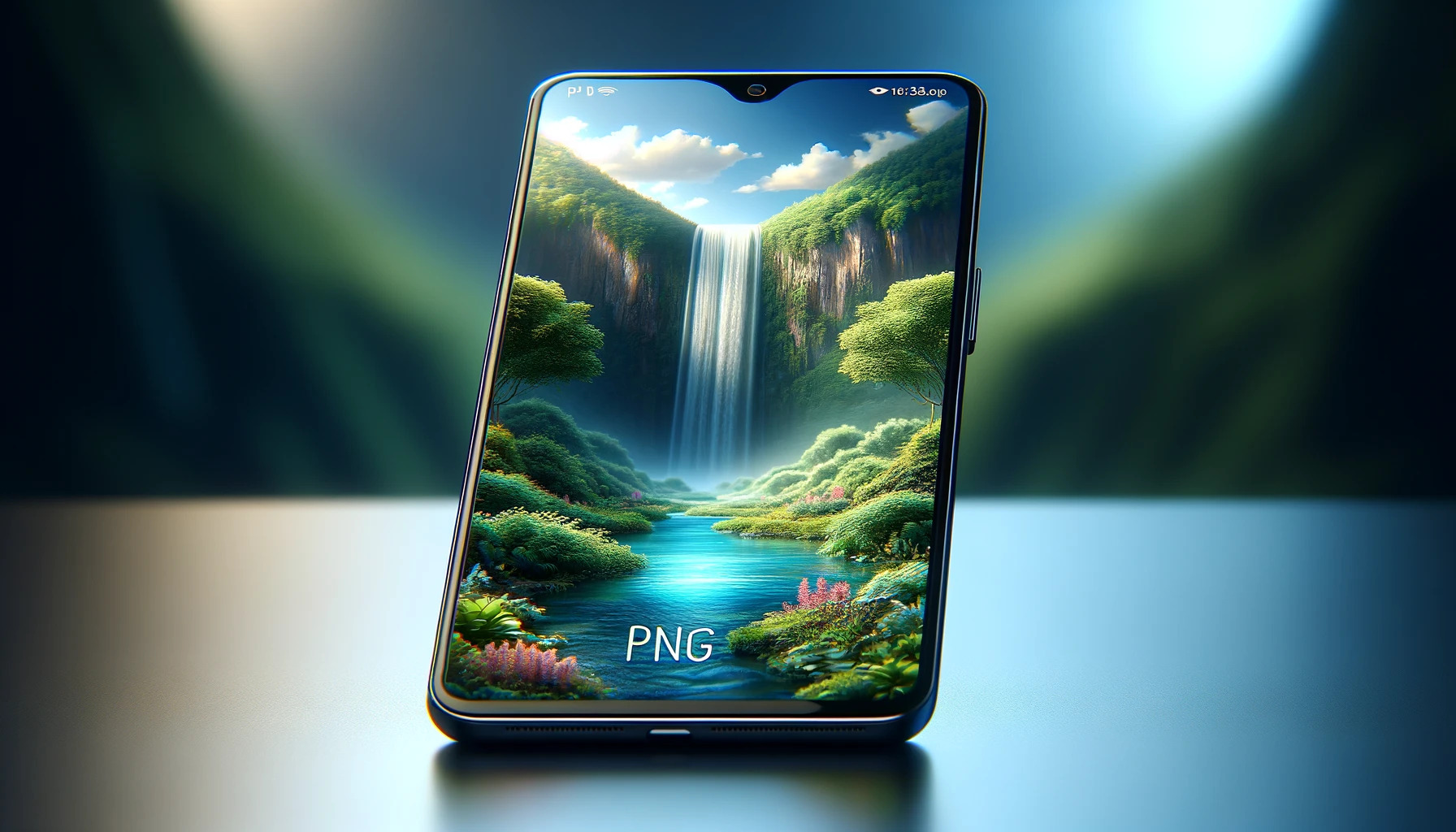How to Optimize PNG Images for Mobile Devices
By Paul
Published March 20, 2024
 How to Optimize PNG Images for Mobile Devices
How to Optimize PNG Images for Mobile Devices
In today's fast-paced digital world, ensuring your website and mobile applications load swiftly is crucial. This is where PNG optimization comes into play, especially for mobile devices where speed and efficiency are paramount. PNG (Portable Network Graphics) images are a popular choice due to their lossless compression and ability to handle transparency, making them perfect for logos, icons, and other web graphics. However, optimizing these images for mobile devices requires a strategic approach to maintain visual quality while reducing file size and loading times.
Why Optimize PNG Images?
The primary reasons to optimize PNG images include enhancing user experience, improving website speed, and boosting SEO rankings. Large image files can significantly slow down your site, leading to increased bounce rates and lost conversion opportunities. Additionally, PNG image optimization is crucial for mobile users who often face data limitations and slower internet speeds. By performing PNG file size reduction, you ensure that your content is accessible and loads quickly for everyone, everywhere.
Steps to Optimize PNG Images for Mobile Devices
1. Choose the Right Compression Tool
Selecting an appropriate compression tool is the first step in PNG optimization. Tools like TinyPNG, ImageOptim, and Photoshop offer options to reduce file size without compromising much on quality. Each tool has its unique features and algorithms, so experimenting with a few can help you find the best fit for your needs.
2. Reduce Image Dimensions
The dimensions of your PNG images should match their display size on your website or app. Uploading images with larger dimensions than needed and then scaling them down via CSS or HTML not only wastes bandwidth but also affects loading times. Use a graphics editor to adjust the dimensions before uploading.
3. Simplify Your Images
The complexity of an image can significantly impact its file size. Simplifying the design by reducing the number of colors and intricate details can help decrease the file size without affecting the overall aesthetic.
4. Use PNG-8 Where Possible
PNG-24 is known for its high quality, but it also comes with a larger file size. For images that don't require full alpha transparency (like logos or icons), consider using PNG-8. It supports up to 256 colors, which is sufficient for simpler images and significantly reduces the file size.
5. Implement CSS Sprites for Icons and Buttons
Combining multiple PNG images (like icons and buttons) into a single PNG sprite can reduce HTTP requests and save bandwidth. This technique is particularly effective for websites and applications with numerous small images, as it minimizes the overhead of loading each file individually.
6. Optimize PNG Images for SEO
Optimizing PNG images for SEO encompasses more than merely shrinking file sizes; it extends to boosting your search engine visibility as well. By renaming your PNG image files with relevant keywords and consistently incorporating alt text that offers a succinct depiction of the image's content, you enhance the ability of search engines to comprehend and index your images more efficiently. This strategy plays a pivotal role in improving your online presence and elevating your rankings.
7. Conduct Regular Speed Testing of PNG Images
Regularly conducting speed testing of PNG images, along with the overall loading speed of your pages, through tools like Google PageSpeed Insights, can shed light on the optimization level of your PNG files. These tools not only test speed but also offer targeted advice for enhancing image optimization, ensuring you deliver a swift and efficient mobile experience.
8. Automate Optimization Processes
To streamline the optimization process, consider using automation tools or plugins that automatically compress images as you upload them to your website or application. This can save time and ensure consistency across all your PNG files.
Conclusion
Optimizing PNG images for mobile devices is not just a technical necessity; it's a commitment to providing a superior user experience. By reducing file sizes, ensuring appropriate dimensions, and using the right tools and techniques, you can significantly improve your website's or app's performance. Remember, in the digital age, speed is not a luxury; it's an expectation. Adhering to these optimization strategies will ensure that your content is not only visually appealing but also efficiently accessible to all users, regardless of their device or internet connection.